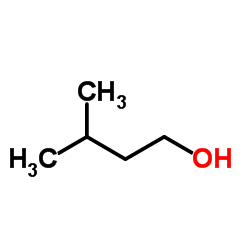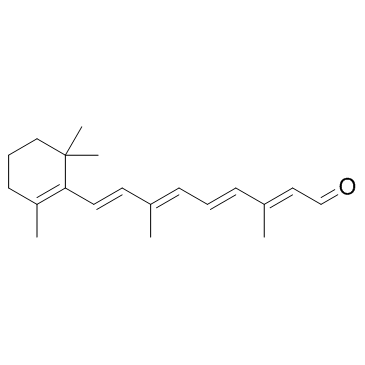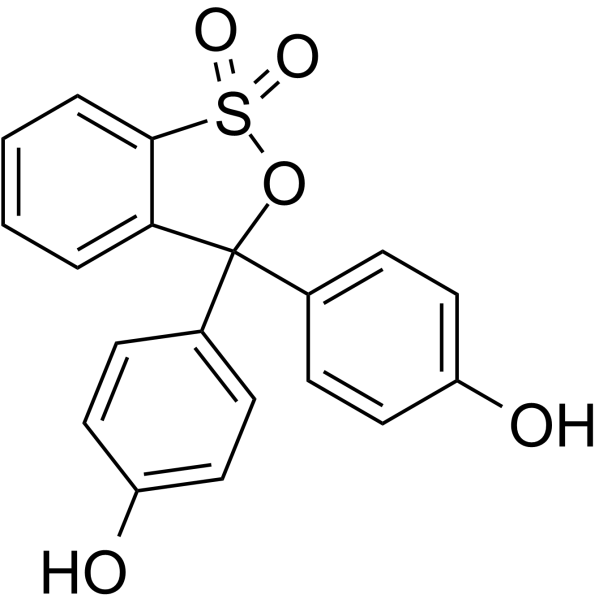| Structure | Name/CAS No. | Articles |
|---|---|---|
 |
sodium chloride
CAS:7647-14-5 |
|
 |
3-Methyl-1-butanol
CAS:123-51-3 |
|
 |
HEPES
CAS:7365-45-9 |
|
 |
All-trans-retinal
CAS:116-31-4 |
|
 |
SODIUM CHLORIDE-35 CL
CAS:20510-55-8 |
|
 |
Phenol red
CAS:143-74-8 |